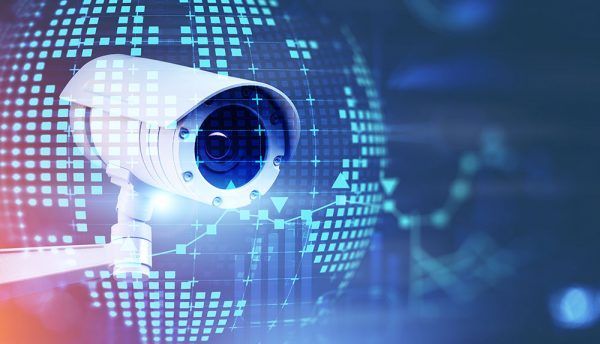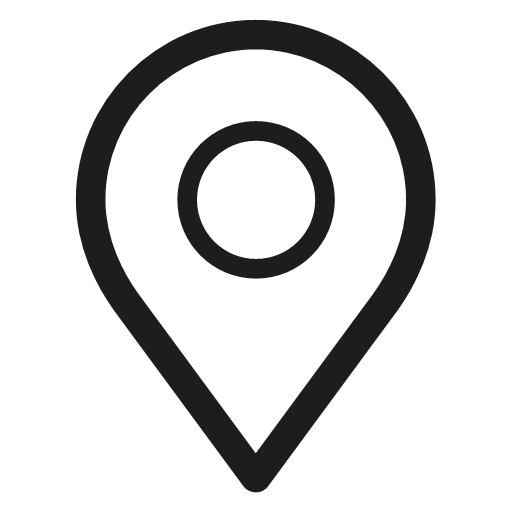Workplace Monitoring

Workplace privacy can be a big problem. As technology advances, employers can easily and cheaply install surveillance from security cameras and motion detectors to software that tracks employees’ Internet use. There are many motivations for companies to use these tools. By monitoring employees, organizations can monitor the spread of potentially sensitive information, track productivity, and prevent litigation by looking at harassing behaviour.
It may be appropriate to monitor certain activities of the employer to ensure that employees are doing their job and using resources properly. If your employer monitors employees’ use of email, the Internet, and other computer resources, and they tell you about the monitoring, it will usually be allowed.
Click her for general IT Support services for Businesses
Monitoring Methods
Employee monitoring software
Employee monitoring software is used to monitor employee performance, prevent illegal activity, prevent leaks of intelligence, and detect internal threats. Employee monitoring software is widely used in technology companies nowadays.
Enables enterprise managers to monitor and supervise the computers of all their employees from a central location. [1] It is usually provided on a corporate network and enables a simple central logging display through a central network PC. Sometimes companies prefer to use remote desktop software to monitor their employees instead.
Click here to purchase any IT related software or hardware
Telephone tapping
Can be used to restore employee call details and conversations. This can be recorded during monitoring. The number of calls, the duration of each call, and the idle time between calls can be recorded in the automatic log for company analysis.
Click here for cyber security related issues of businesses
Key cards

Most companies have them now. An employee cannot move around the building without a key card. Each card contains a chip. As soon as the card is swiped at the door, the system recognizes whether the respective employee has access to this part of the building. When they do this, the door opens, otherwise the employee cannot enter, or an alarm can even be triggered. The chip key software shows when each employee came to work and in which part of the building they are currently located.
Video surveillance

Provide a video feed of employee activities being broadcast to a central location where they are monitored live by someone else. These can be recorded and stored for future reference, which some say is the most accurate way to monitor employees. “This is an advantage because it provides an unbiased method of evaluating performance and prevents interference of a manager’s feelings in evaluating an employee. Management can review an employee’s performance by checking monitoring to detect and potentially prevent problems.
Network monitoring
Computer network monitoring is used to track traffic to and from the company network. Organizations often use firewalls or routers that scan content and email addresses used on the network. Basically, these programs can recognize malicious data, infected computers, and abnormal network activity.
Click her for general IT Support services for Businesses
Email monitoring

Email monitoring gives employers the ability to look at email messages sent or received by their employees. Emails can be viewed and recovered even if they had been previously deleted.
Business email is not private and should not be used for personal matters. Most companies use email hosting services and usually have administrative access that you or your IT team can use to check email.
Location monitoring

Location inspection can take place and can be used for employees not working in a stationary location. The supervisor can choose to track their location. Common examples of businesses that use location monitoring are the distribution and transportation industries. In some of these cases, employee monitoring is accidental because the location is tracked for other purposes, which can help improve customer satisfaction. Details of phone calls and employee conversations can be recorded during monitoring.
Benefits of Employee Monitoring
Increase transparency
Managing employees is quite challenging. By following the monitoring methods listed above we will know, at what time your employees start work, which task they work on, which websites and applications they accesses, and how much time they spend on each task.
It helps employees by giving them a clear track record of everything they have done at work. So, you do not have to justify why a particular task takes too much time and you must prove that you are not wasting your time.
Less wasted time
Most employees waste time at work. This can be due to a variety of factors, such as social media or other colleagues. While it is common to get distracted on a workday, there is a problem with paying your employees for that lost time. Not only that, but also a waste of time away from your organization’s productivity, reducing the money you bring in. However, when employees know they are being monitored, they do not waste a lot of time. This will only help you pay for actual work and increase the overall productivity of your business.
Improved security
Workplace monitoring protects your business from insider threats that can lead to the misuse of valuable corporate data, such as customer databases, intellectual property, and corporate secrets. This information can be copied or deleted, which can lead to financial and reputational damage. A dedicated monitoring solution can detect anomalous user activity and notify security personnel immediately.
Improving employee-employer relationship
If you want to improve your relationships with your employees in the office, you can better review them later, rather than reporting them immediately. The habit of tripping over the wrong employee stimulates fear and awkwardness when the employee becomes aware and worried about making mistakes. This reduces productivity and can even foster employee resentment towards their boss.
Disadvantages of Workplace Monitoring
Reduce trust level
Indeed, when employees are being monitored, it has a significant impact on the level of trust. Appropriate oversight with the written consent of the employee does not compromise the level of trust that would occur without the employee’s notice. If employees are unaware that they are being spy, they may be offended and may quit their jobs.
Increases stress levels
When employees become aware that they are being watched or heard, they can become more aware of their behaviour. Because they want to do their best, the idea of their role mistakes for their role can be frustrating. They may begin to feel that meeting certain requirements or metrics is more important than quality. Employees also feel pressured to behave in a certain way or to act according to the standards of a particular manager.
Privacy invasion
Workplace surveillance not only reduces functionality, but also opens the door to serious, illegal privacy breaches. Surveillance cameras installed in toilets, staff changing rooms, and other private areas create potentially annoying situations as employees expect some degree of privacy in such areas. Recording such personal moments on tape also carries the risk of the material falling into the wrong hand or being used in an aggressive manner.
Conclusion
Companies should carefully consider the strengths and weaknesses of using employee monitoring techniques. Employee tracking is a tool that helps to keep employees accountable and motivated to produce, but it also makes them suspicious and uncomfortable at work. By measuring these strengths and weaknesses, companies can determine which employee monitoring techniques is right for their business.
